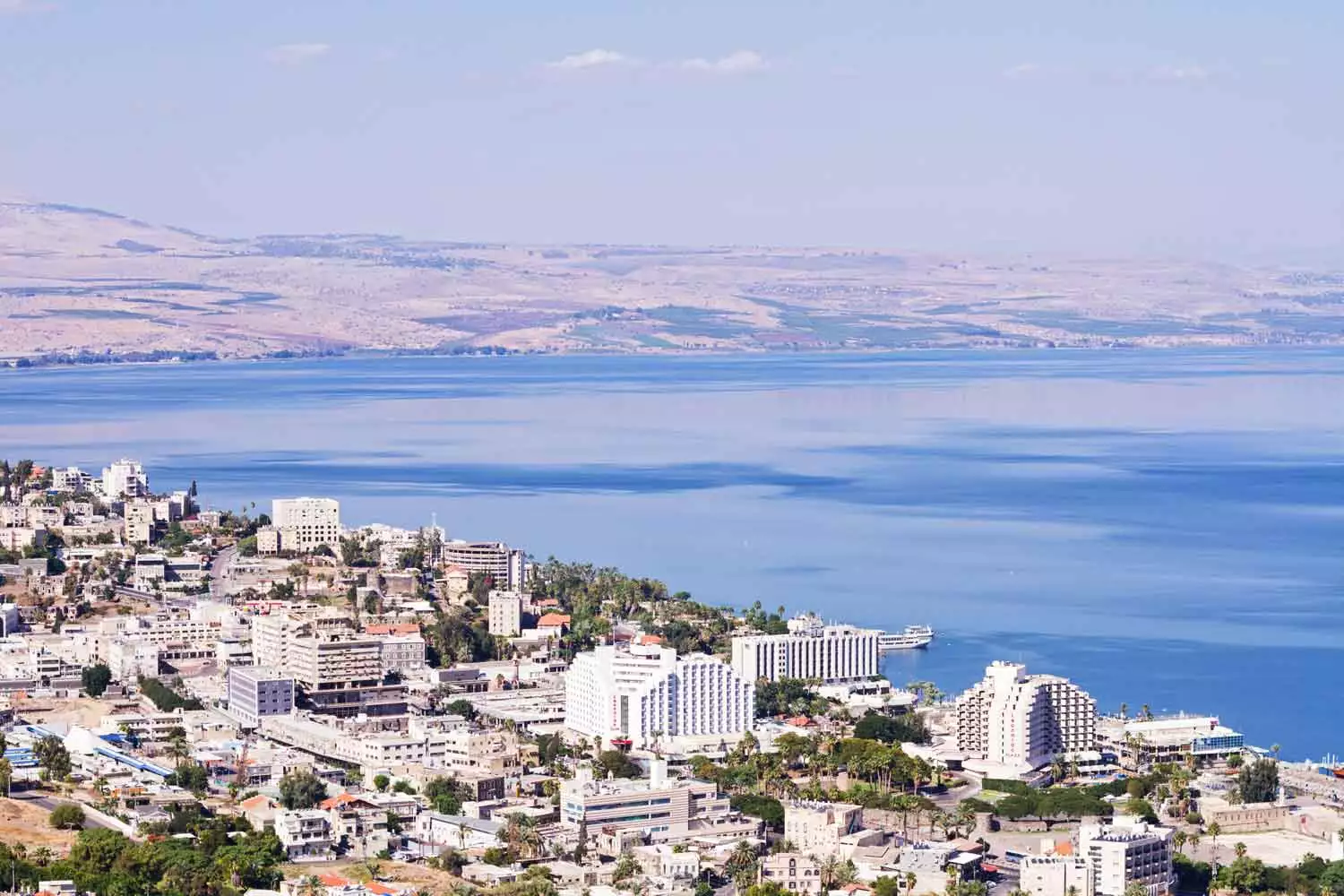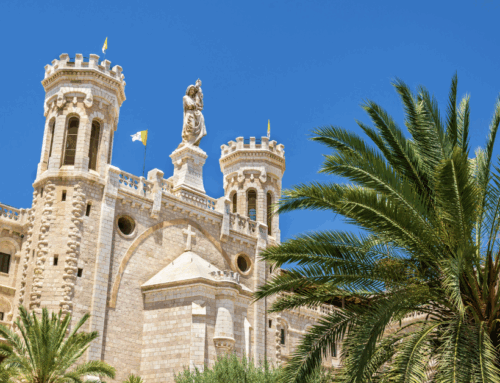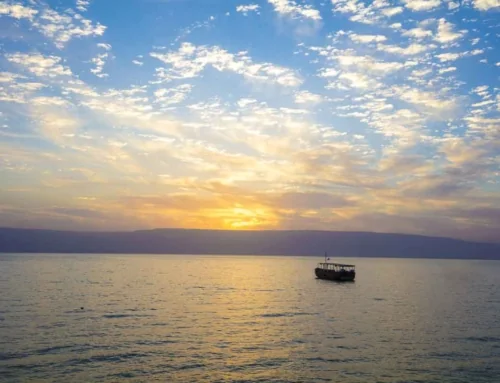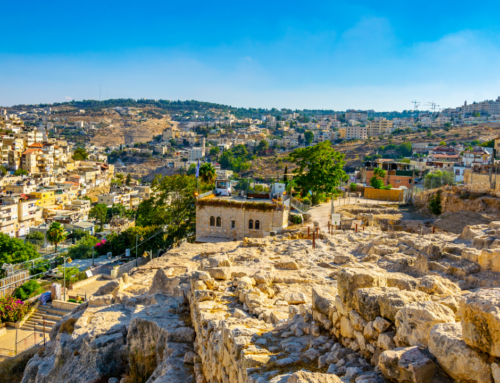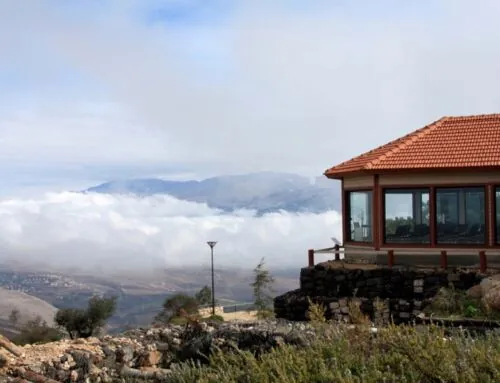Tiberias is one of the four holy cities of Israel, the others being Hebron, Safed and of course Jerusalem. The history of the town that borders the Sea of Galilee is an interesting bears witness to the overall history of the Levant.
Location
The city of Tiberias is located alongside the Sea of Galilee, on the western side.
Ancient History
Unlike many areas of Israel, Tiberias itself is really a youthful city in comparison. It wasn’t established until the time of Emperor Tiberas, around 20 CE. There is a Jewish tradition that the site is the original location of the city Rakkath, mentioned in Joshua 19:46, though there has never been any archeological evidence to confirm this.
It was build by Herod Antipas, the son of Herod the Great and a center of government. It was built near natural hot springs, valued for their therapeutic power, and by many still are to this day.
The city, while very new during Jesus’ time, was mentioned in John 6:23.
“however, other boats came from Tiberias, near the place where they ate bread after the Lord had given thanks”
During the time after Jesus, the city was overtaken by the Jewish Revolt, however they eventually lost the area as well. While most cities were destroyed that were involved in the revolt, Tiberias was spared because its inhabitants didn’t choose to fight against Rome.
For quite some time the area was known to have a large Jewish population. It became the capital of Jewish learning during the late Roman and Byzantine eras. The Talmud was compiled in Tiberias during this time. Eventually, a final Jewish revolt occurred, and it failed. Most of the Jewish population was wiped out, with some escaping to Egypt.
The “golden era” of the city came in the city was during the 8th century. It was reinvigorated by the destruction of Beit Shean after an earthquake destroyed the city and people moved to Tiberias. A mosque stood next to a church at one point and it was seen as the most tolerant place of the middle east.
This era came to an end in the same way it began, with an earthquake, but this time it was Tiberias that was destroyed. When the Crusaders moved into the city a few decades later, they shifted the city to its present location, north of the original.
During the age of the crusades, power shifted as war raged, just as it did in every other part of Israel, back and forth, until the Ottomans took over, in the 16th century.
In a strange twist, the Ottoman’s actually encouraged Jews fleeing persecution to settle in Palestine. In fact, Dona Garcia, the wealthiest Jewish woman in Europe, was granted tax-collecting rights by the empire in the area of Tiberias, where she planned to create a safe haven for persecuted Jews. The plan was abandoned when war broke out once again.
In the 1700s, the Arabs ruling in the region encouraged Jews to settle in the area and this time they began to, specifically from Poland. Rabbis in great numbers entered the area and Tiberias became a center once again of Jewish learning. When yet another earthquake damaged the city in 1837, the Jews rebuilt it.
The city became almost entirely Jewish, and though there was many events of conflict and natural disaster, it has remained that way until today.
Tiberias Today
Tiberias is a bustling town of around 40,000 people, mostly Jewish. The majority of the people are employed in the tourism industry, and most people on a pilgrimage end up staying in a hotel in Tiberias.
We hope to welcome you to visit Tiberias and the rest of Israel very soon! Contact us TODAY for your risk free proposal and booking!

